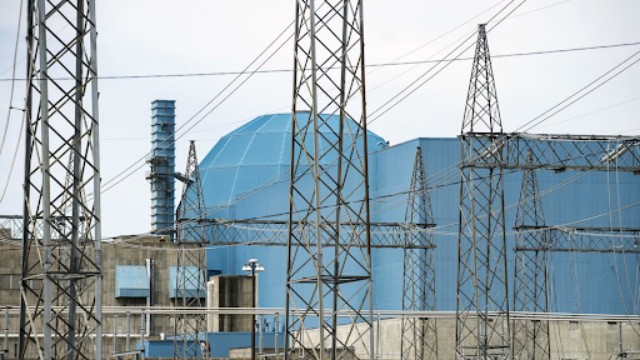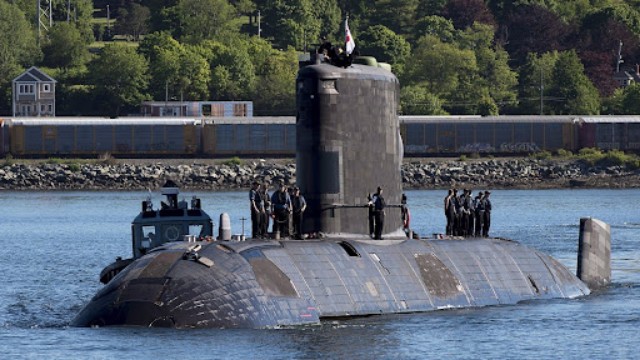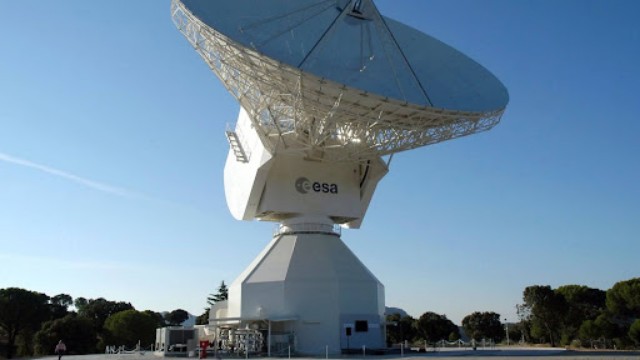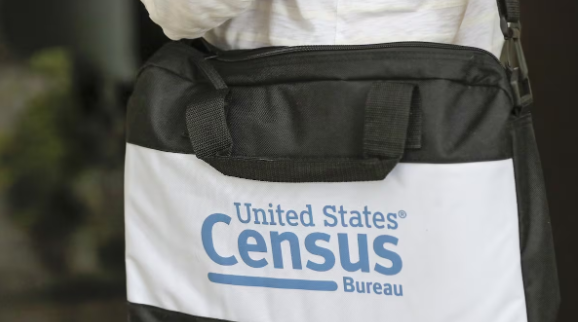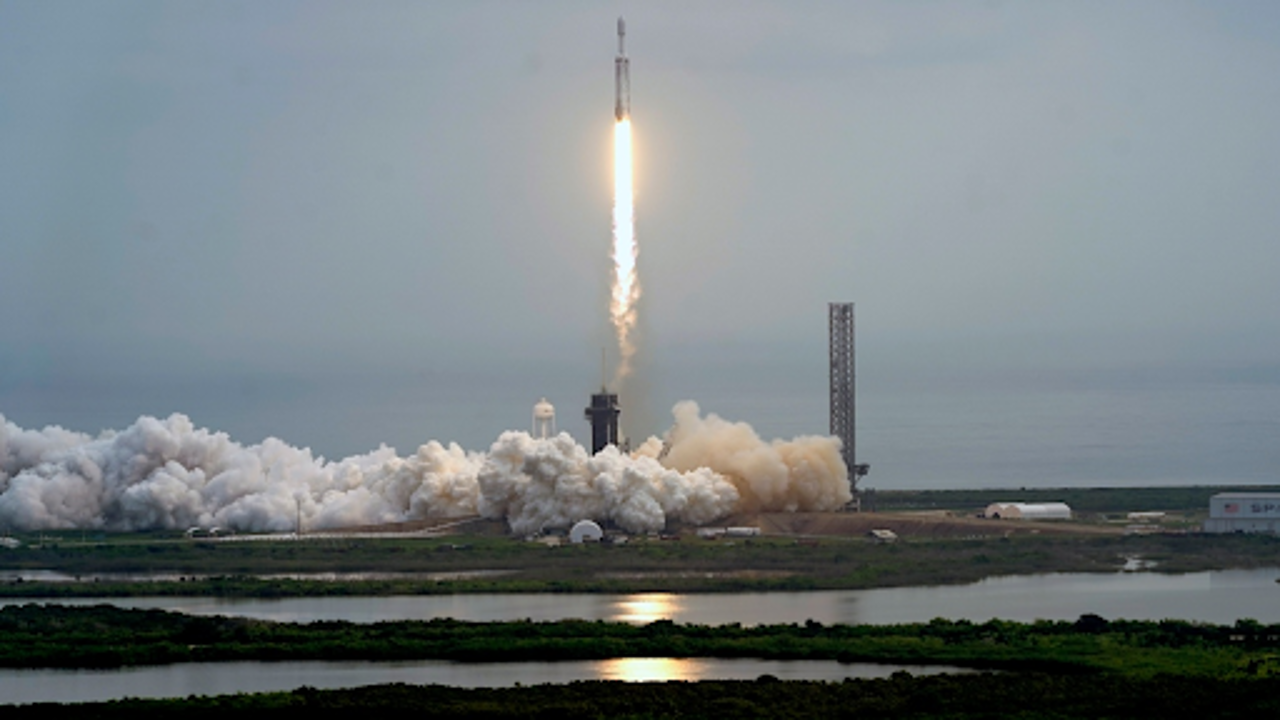
A massive SpaceX rocket launched from Kennedy Space Center in Florida on Friday, October 13, 2023, marking a thrilling moment in space exploration (John Raoux/AP Photo)
NASA is gearing up with a new satellite set to launch by June 2028, aimed at identifying asteroids and comets that might pose a threat to Earth. Dubbed the Near-Earth Object (NEO) Surveyor, this infrared space telescope aims to fill crucial gaps in our understanding of potentially hazardous space rocks.
"Our biggest gap right now is that we don't have a complete inventory of near-Earth asteroids," explained NASA's Lindley Johnson, emphasizing the need for the NEO Surveyor mission. This mission aims to compile a comprehensive catalog of asteroids large enough to cause significant damage if they were to collide with our planet.
Recently, NASA conducted its fifth Planetary Defense Interagency Tabletop Exercise, bringing together scientists, emergency managers, and international partners like the Canadian Space Agency. The exercise simulated scenarios involving asteroids or comets threatening Earth, assessing global readiness and response capabilities.
While NASA's DART mission demonstrated the kinetic impact method by successfully altering the orbit of a harmless asteroid in 2022, concerns remain about our preparedness for more significant threats. The use of nuclear explosives, as depicted in movies like "Armageddon," isn't considered feasible due to legal, international, and safety issues.
Astronomers estimate there are approximately 25,000 "near-Earth objects" capable of causing regional devastation, with more than half still undiscovered. Early detection is crucial since response efforts could take years to implement.
"Investigating potential threats takes time due to mission planning, travel time to asteroids, and limited launch opportunities," Johnson noted, highlighting the logistical challenges involved.
Looking ahead, the asteroid 99942 Apophis will pass within 32,000 km of Earth in 2029, offering a rare chance to study its behavior. Although there's no immediate danger, NASA plans to send a spacecraft to observe Apophis beforehand, providing valuable data for future defense strategies.
The United Nations, through its Space Mission Planning Advisory Group, coordinates international efforts to prepare for asteroid impacts. Canada plays an active role with its satellite dedicated to monitoring asteroids, comets, and space debris, contributing crucial data to global networks.
"While current observations suggest a low risk of significant impacts, readiness remains paramount," emphasized a spokesperson from the Canadian Space Agency. "Canada's participation ensures we stay informed and contribute effectively to global efforts in planetary defense."



